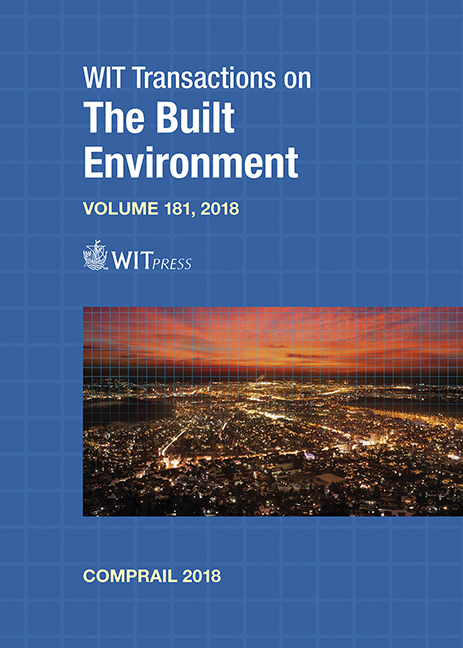THE WEAKEST LINK OF A CHAIN DETERMINES ITS STRENGTH: VALUING THE PASSENGER RISK OF MISSED TRANSFERS
Price
Free (open access)
Transaction
Volume
181
Pages
11
Page Range
341 - 351
Published
2018
Size
493 kb
Paper DOI
10.2495/CR180311
Copyright
WIT Press
Author(s)
MICHAEL BUNDSCHUH, MICHAEL LEFELD, JOHANNES LIEBERHERR, KLAUS NOEKEL
Abstract
Reliable transfers are an essential characteristic of successful timetables, as passengers expect seamless door-to-door mobility. Yet most current travel demand models used for strategic timetable design do not support the evaluation of transfer reliability. An indicator is proposed which values the risk of missed transfers as the expected additional door-to-door travel time. The indicator allows transfers to be classified according to the total damage which breaking it would cause to passengers’ travel plans, in terms of later arrival at the final destination, and not just the extra wait time at the transfer station. The definition, calculation method, and data sources are discussed in turn. The most immediate application of the indicator is to identify high-risk transfers during strategic timetable design and apply multi-criteria comparison between timetable variants including the transfer risk in addition to more conventional indicators like travel time or number of transfers. Several additional use cases are presented, ranging from macro-economic valuation of passenger time loss within cost-benefit analyses, to estimating the amount of penalty payments by operators to passengers due to large delays, and assessing the value of infrastructure improvements from the perspective of reducing passenger risk.
Keywords
timetable construction, risk management, passenger demand models, delays, passenger transfers





